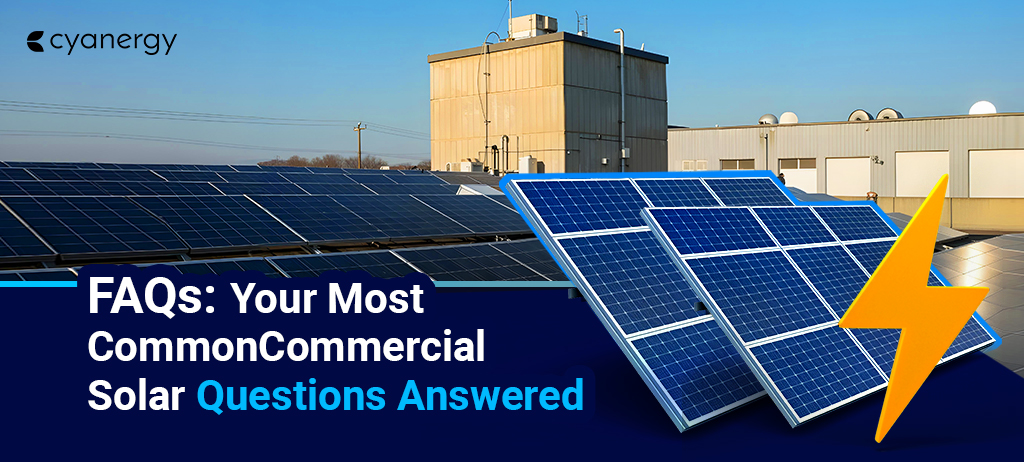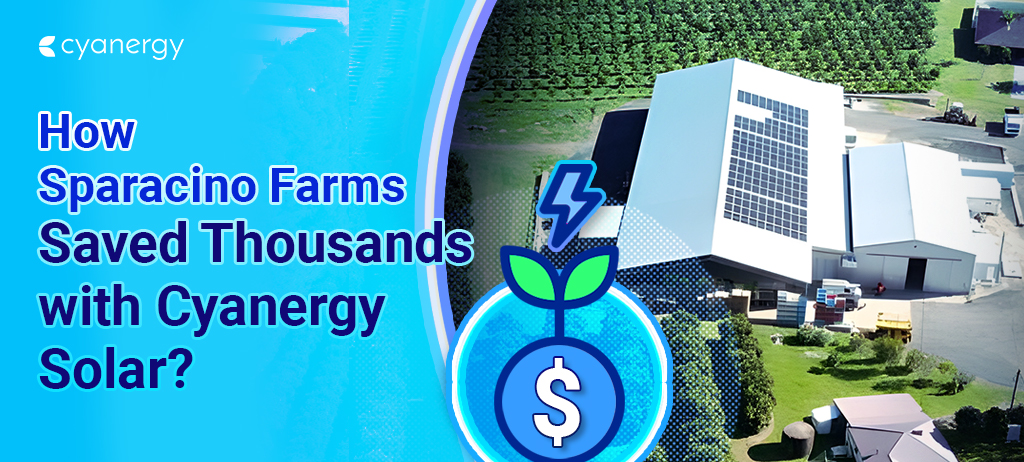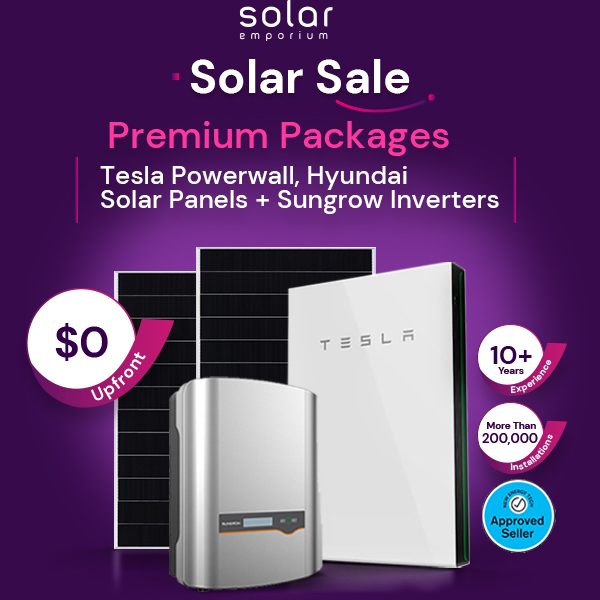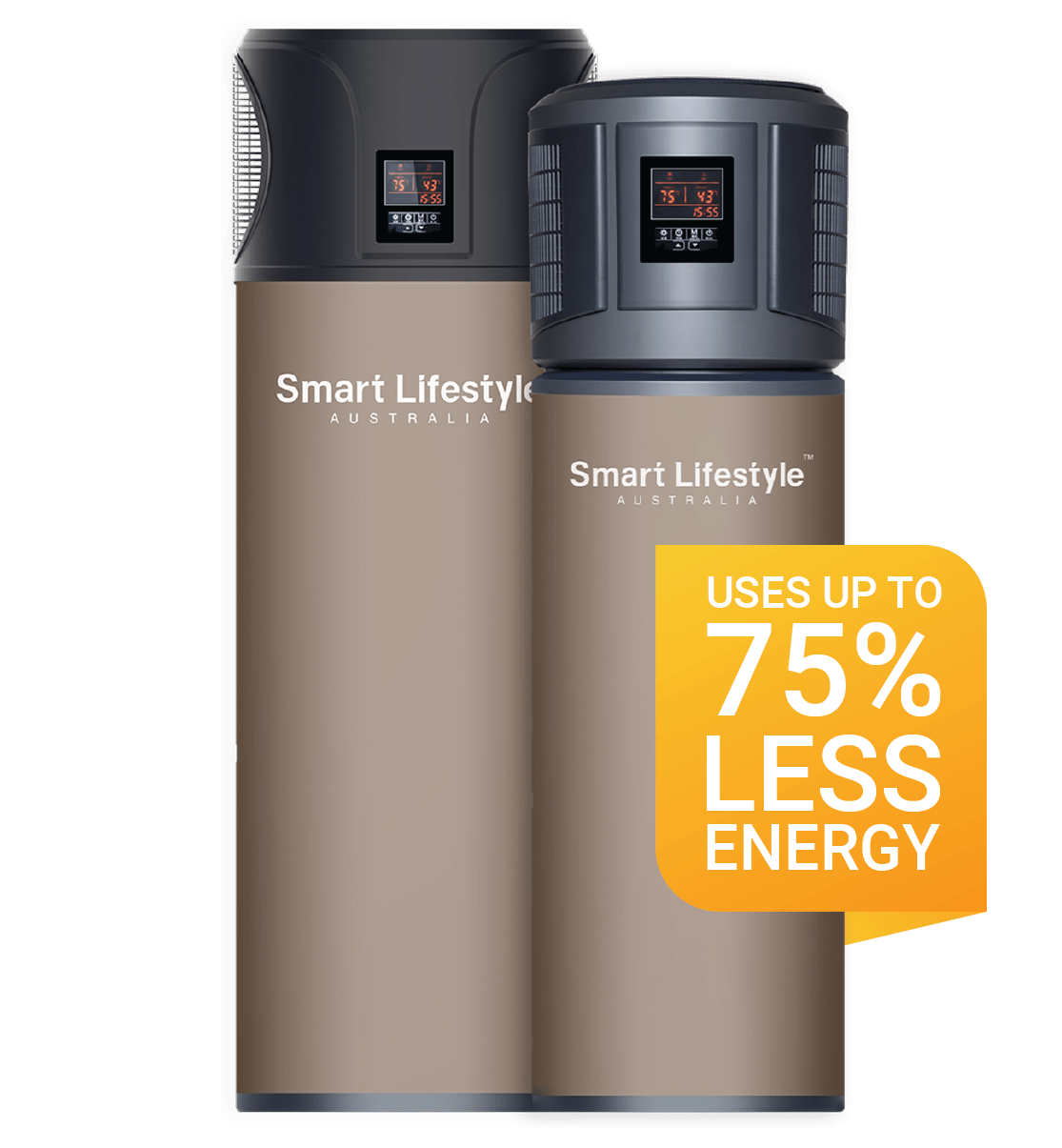Australia, a country of vast open space and abundant sunlight, has firmly established itself as a global leader in rooftop solar adoption.
According to recent data, the country has over 3.9 million rooftop systems installed, yielding a combined capacity of approximately 37.8 GW of PV. This remarkable achievement reflects the country’s strong commitment to a sustainable energy future.
But what happens when the sun goes down or when the grid fails?
Yes, that’s where home battery storage steps in, and no name resonates more loudly than Tesla Powerwall!
With the release of the Powerwall 3 and evolving energy landscapes, many Australian homeowners are asking: Is a Tesla Powerwall still a worthwhile investment in 2025?
If you’re an Australian looking for a home solar battery, Tesla Powerwall is arguably the most popular home battery on the energy market right now.
So, here’s why Tesla Powerwall could be worth it for your Australian home!
In this blog post:
- But First, What Is Tesla Powerwall?
- How Does Powerwall Work? Find Out!
- The Australian Energy Rollercoaster: Why Batteries Are More Relevant Than Ever?
- Tesla Powerwall 2 vs Powerwall+ vs Powerwall 3: The Evolution of Home Energy
- The Actual Cost of a Tesla Powerwall: Is it Worth It?
- The Australian Government's Rebates and Incentives in 2025
- Top 5 Tesla Powerwall Alternatives Available in Australia
- Parting Thoughts
But First, What Is Tesla Powerwall?
Back in 2015, Tesla ventured into the energy storage market with the Tesla Powerwall, a home battery system. This battery system is specially designed to store energy, mitigating the intermittency of renewable energy sources.
Although Tesla was globally recognized for its electric vehicles, the launch of the storage battery, the Tesla Powerwall, marked another bold leap for the company.
This home energy storage is a rechargeable lithium-ion battery that can keep your home illuminated 24/7 with reliable power and significantly reduce your electricity bills.
Powerwall’s smart system can be tailored to your specific energy requirements. This battery can be charged from solar energy, ensuring that power is always available on demand. It essentially serves as a backup power source for nighttime or cloudy days.
Following their initial release in 2015 in limited quantities, Tesla has continually expanded its energy lineup with larger-scale solutions.
In 2025, Tesla’s lineup includes three Powerwall models: Powerwall 2, Powerwall+, and Powerwall 3. Each model offers 13.5 kWh of usable energy storage.
In Australia, Powerwall+ and Powerwall 3 are designed for new solar and storage system installations, which involve integrating solar inverters for higher efficiency. At the same time, Powerwall 2 is often used for retrofitting existing solar systems.
Now, they also offer different categories, such as the Powerpack, designed for commercial and industrial use, and the Megapack, engineered to support utility-scale grid operations, among others.
How Does Powerwall Work? Find Out!
In general, the Tesla Powerwall is a rechargeable home battery system that stores energy for later use while providing essential security and financial benefits.
It works seamlessly with solar panels or the electric grid to manage energy supply and demand in your home.
It includes energy monitoring, metering, and smart controls, which the owner can customize and control via the Tesla app.
The system then learns and adapts to your energy consumption slowly over time. It receives over-the-air updates to add new features and improve existing ones.
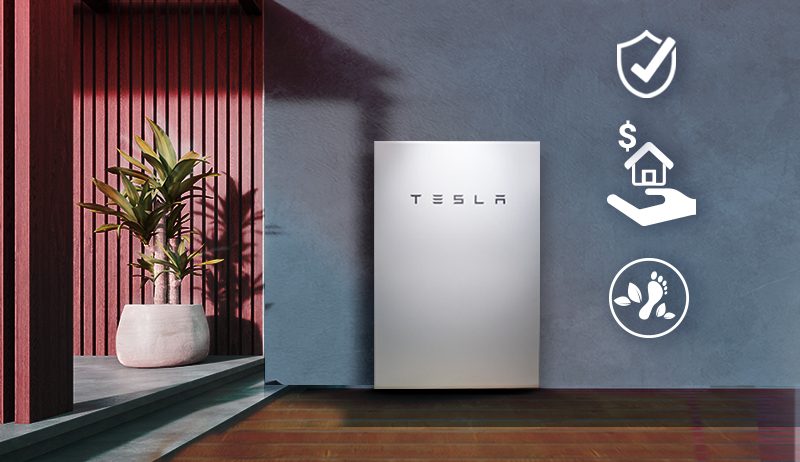
Here’s a step-by-step guide on how it works:
Step 1: Energy Collection
- With Solar Panels
Your solar panels usually generate electricity during the day. From that, some of this energy powers your home, while the excess charges the Powerwall battery.
- Without Solar
If you don’t have solar panels, the Powerwall can charge using electricity from the grid when rates are low, for example, at night.
Step 2: Energy Storage
- The Powerwall stores the unused electricity in its lithium-ion battery.
- This stored energy is saved for when you need it most, like during peak usage times, at night, or during a power outage.
Step 3: Energy Usage
- When solar production drops or the grid goes down, the Powerwall automatically kicks in, supplying your home with clean, stored renewable energy.
- Depending on its configuration, it can power lights, appliances, and even critical systems, such as hot water heat pumps or air conditioners.
Step 4. Intelligent Management with the Tesla App
- The system learns your energy usage patterns and optimizes when to charge or discharge.
- You can monitor and control everything through the Tesla app, giving you real-time insight into your energy use, storage levels, and solar generation.
The Australian Energy Rollercoaster: Why Batteries Are More Relevant Than Ever?
Undoubtedly, Tesla Powerwall 3 is one of the most exciting innovations to hit the market in recent years. Tesla’s next-gen home battery is designed to supercharge solar systems and dramatically reduce the reliance on the grid.
For Australian homeowners, it’s a total game-changer, offering a smarter way to store solar energy and power homes more efficiently than ever before.
Curious about the other benefits of the Tesla Powerwall 3? In the following part, we’ve rounded them all up for you:
- Powerwall Batteries Maximize Self-Consumption
Using your own solar power, especially during the expensive evening peak, saves you significantly more than exporting it to the grid.
The Powerwall stores your excess daytime solar to power your home at night with free, clean energy.
- Battery Storage Reduced Electricity Bills
Adding a Powerwall battery to your solar panel can drastically reduce your reliance on grid electricity during peak hours, leading to substantial savings on your energy bills.
Some reports suggest adding solar batteries has reduced electricity bills by over 70% in many Aussie homes in the past few years.
- Ensure Energy Independence & Security
The Powerwall provides seamless backup power for essential appliances, ensuring your lights stay on, your fridge stays cold, and your devices stay charged during any unexpected blackouts.
- Smart Energy Management
The Tesla app provides intuitive monitoring and control over your energy usage. You can track your solar generation, battery charge, and household consumption in real time.
This allows you to optimize your energy habits and maximize savings.
- Virtual Power Plant (VPP) Participation
Through VPP, you can earn money by letting your battery support the grid during high-demand hours.
This will benefit your wallet and contribute to a more stable and renewable energy network for everyone.
- Environmental Impact
Batteries can reduce your reliance on fossil fuel-generated electricity, significantly lower your carbon footprint, and contribute to a cleaner, more sustainable future for Australia.
- Increased Home Value and Building Aesthetics
Homes with solar and battery systems are increasingly attractive to buyers. They often command a premium due to lower running costs and increased energy resilience.
Tesla Powerwall 2 vs Powerwall+ vs Powerwall 3: The Evolution of Home Energy
Tesla’s Powerwall series has become a symbol of energy independence. From the Powerwall 2 to the all-in-one Powerwall+, and now the game-changing Powerwall 3, Tesla continues to push the boundaries of home energy storage.
Let’s break down what makes each Powerwall unique and why Powerwall 3 is the most powerful one yet.
Tesla Powerwall 2: The Energy Game-Changer
Launched in 2016, the Powerwall 2 was a massive leap in energy storage for homeowners.
It is ideal for those with existing solar systems or those seeking basic backup and energy optimization.
Key Highlights:
- 13.5 kWh usable capacity, which is sufficient to power an average home overnight.
- 5 kW continuous power output.
- Backup power during outages.
- Sleek wall-mounted design.
- App-controlled smart energy management.
Powerwall+: Energy Storage Meets Solar Intelligence
The Powerwall+ is built on the foundation of Powerwall 2 and adds a major upgrade: an integrated solar inverter.
Why It’s Smarter:
- Same 13.5 kWh battery capacity.
- Higher peak power output (up to 7.6 kW)
- Integrated solar inverter with 4 MPPTs (Maximum Power Point Trackers)
- Optimized for real-time solar generation and storage.
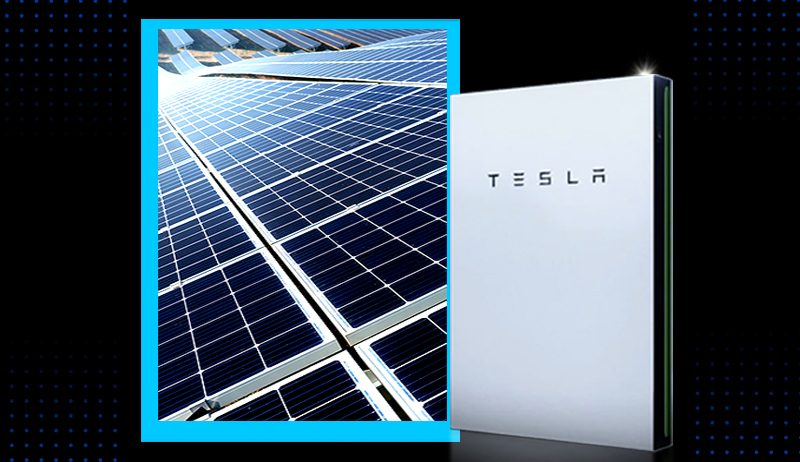
Powerwall 3: The Energy Upgrade Your Home’s Been Waiting For
Announced in late 2023 and rolling out through 2024, Powerwall 3 is Tesla’s most powerful home battery yet. It’s designed to meet modern energy needs, including higher loads, faster charging, and seamless integration with large-scale solar systems.
What’s New:
- 11.5 kW of continuous power, which is more than double Powerwall 2
- Still offers 13.5 kWh capacity.
- Integrated solar inverter with expanded capabilities
- Designed for quicker installation and lower labor cost
- Ideal for large homes, EV charging, or heavy appliance use
So, with all these incredible upgrades, making it smarter, more efficient, and future-ready, don’t you think Tesla Powerwall is worth it?
What else could you ask for? We’re pretty sure this is the battery your home’s been waiting for!
The Actual Cost of a Tesla Powerwall: Is it Worth It?
Let’s not sugarcoat it, a Tesla Powerwall is a significant investment. As of mid-2025, the Powerwall 3 unit itself costs approximately AUD 11,900, with the essential Backup Gateway 2 adding $1,700. This brings the total hardware cost to approximately $13,600 AUD.
Installation costs can range from $1,000 to $ 2,500 or more, depending on your location, system complexity, and the installer.
This puts the total installed cost of a single Powerwall 3 in the ballpark of $14,600 to $16,000 AUD.
While this might seem steep, it’s crucial to factor in the various incentives and potential savings.
The Australian Government's Rebates and Incentives in 2025
Good news for Australian homeowners! 2025 is a sweet spot for solar battery rebates, with a significant federal program coming into play:
- Federal Cheaper Home Batteries Program (Starts July 1, 2025)
The Australian Government has announced an upfront discount of approximately 30% on the cost of installing eligible small-scale battery systems (between 5 kWh and 50 kWh).
For a 13.5 kWh Tesla Powerwall 3, this could translate to a rebate of around $4,725. The discount is based on usable capacity and will gradually decrease until 2030, making 2025 the optimal time to jump in.
The discount is applied upfront by accredited installers, making it easy for consumers.
- State-Based Incentives
While the NSW Peak Demand Reduction Scheme (PDRS) battery rebate ends on June 30, 2025, it will be replaced by an expanded Virtual Power Plants (VPP) incentive from July 1, 2025, offering a single upfront payment of up to $1,500.
Other states like Victoria (interest-free battery loan up to $8,800), ACT ($15,000 interest-free loan), and Western Australia (up to $7,500 rebate and loans) continue to offer their own incentives.
Altogether, these rebates dramatically lower battery costs, often by 30–50%, making the Powerwall 3 far more accessible.
Top 5 Tesla Powerwall Alternatives Available in Australia
The Australian battery storage market is vibrant and competitive. While Tesla is a dominant player, several other reputable brands also offer excellent alternatives.
Looking for something beyond Tesla Powerwall?
Here we’ve listed some of the best battery brands in Australia in 2025:
- LG Energy Solution RESU: Known for their reliability and various capacity options.
- BYD Battery-Box: A popular choice for its modularity and competitive pricing.
- Sungrow: Offers a range of battery solutions, often paired with their inverters.
- Enphase Encharge: A good option for microinverter-based solar systems, offering modularity and resilience.
- Alpha ESS: Alpha ESS battery provides integrated solar and battery solutions.

Parting Thoughts
Tesla’s Powerwall ecosystem offers energy resilience, grid independence, and smart control. With the release of Powerwall 3, Tesla is responding to the growing demand for higher capacity, smarter tech, and easier installs.
In Australia, the home battery market is gaining traction, with data showing that the majority of homeowners are opting for the Tesla Powerwall.
So, whether you’re going solar for the first time or upgrading your energy system, the Powerwall lineup has top-notch options tailored for your home.
By the end of 2021, battery installations had increased by 400%, and the majority chose the Tesla Powerwall. With our affordable solar packages, you can make your dream of owning a Tesla Powerwall a reality.
Still unsure?
Contact a certified installer, such as Cyanergy, to explore your options tailored to your home, location, and future needs. Get a free quote today and learn more about the Tesla Powerwall battery price, rebate availability, and installation details.
